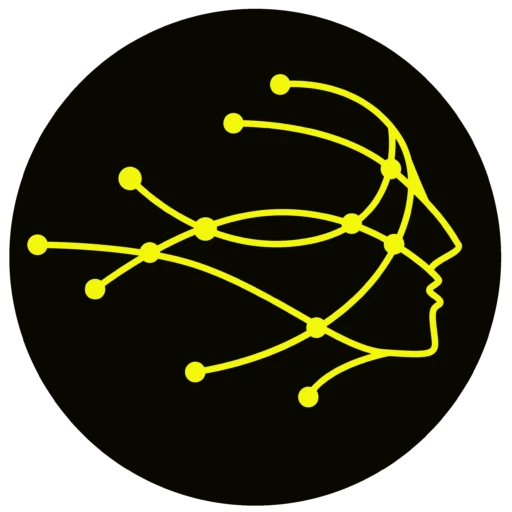With the rise of digital identity verification and remote onboarding, detecting liveness has become a critical component for determining if an individual is physically present during an authentication process or simply presenting a photo. detecting liveness refers to the capability of differentiating between live subjects and spoofed or artificial objects, such as photos, videos, or masks. During an identity verification or onboarding session, liveness detection uses techniques like facial recognition, eye movement tracking and challenging the user to complete tasks to confirm a real, living person is present on the other side of the device’s camera and not just a static photo or video recording.
Algorithm behind Liveness Detecting
[table id=82 /]
Need of Implementing Liveness Detection
[table id=83 /]
Advanced Software Solutions for Liveness Detection
[table id=85 /]
Best Practices and Strategies of Implementing Liveness Detection
[table id=84 /]
Real World Application of Liveness Detection
[table id=86 /]
facial recognition
Conclusion
Detecting liveness is transforming the way we interact online. From secure banking to fair online exams, it’s the digital shield against fraud and impersonation. As technology evolves, we’ll see even more creative and robust applications, ensuring trust in our ever-expanding digital world. The key lies in balancing security with a user-friendly experience. By choosing the right methods, implementing intelligently, and always prioritizing user privacy, detecting liveness will continue to be a cornerstone of a safe and reliable online experience.


